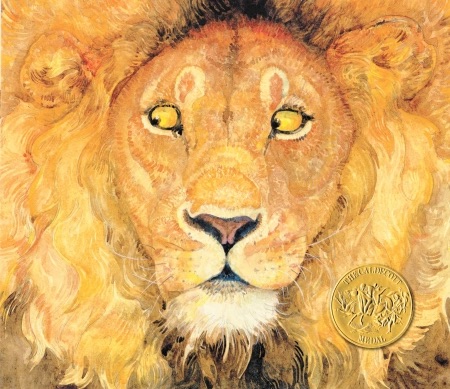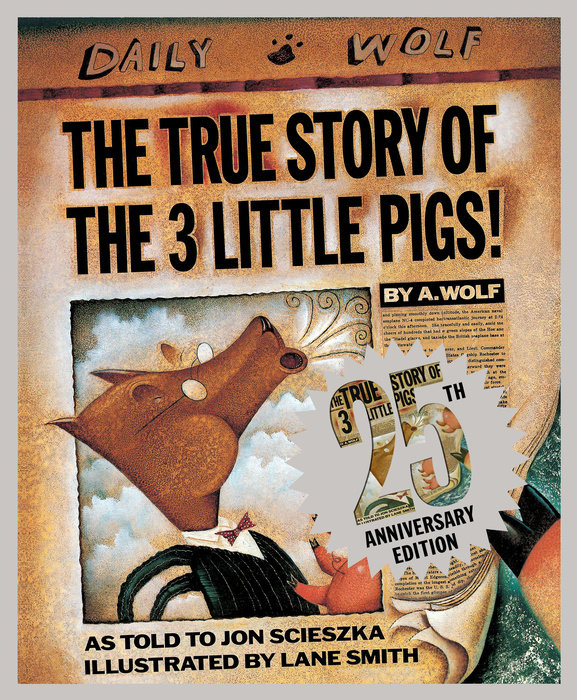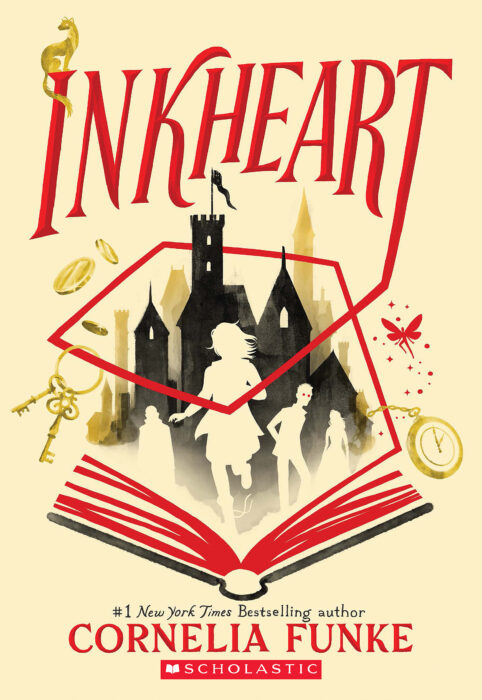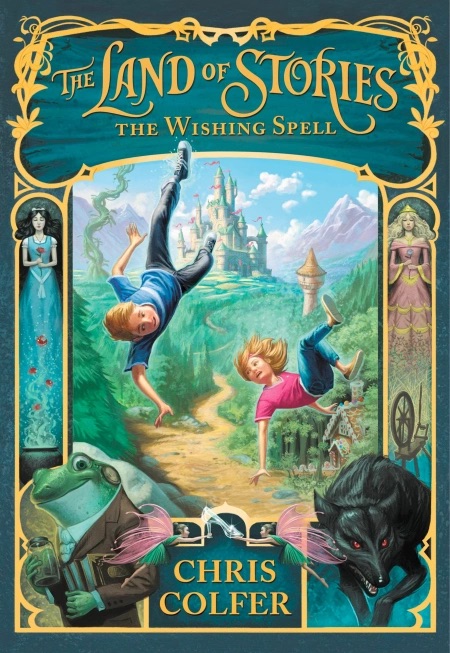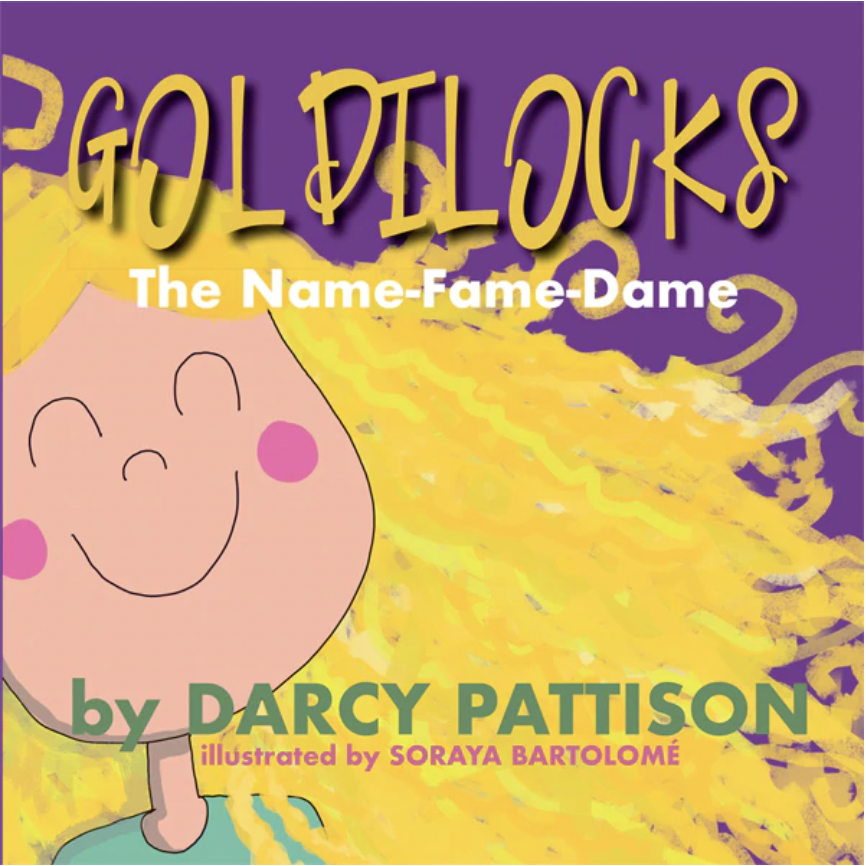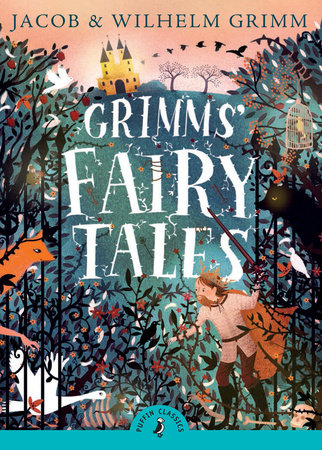History is Lit: Grimm’s Fairy Tales

CBC’s new History is Lit series will explore literary history, book lore, ancient storytelling, and any place where stories and yesteryear meet.
I’m a fan of fairy tales. The fantastical elements, lessons, cultural aspects, and decorative wording captured me from a young age. As years have gone by, I’ve discovered authors and artists who create, recreate, or deepen stories and visuals based on the folk and fairy tales of the past. It is absorbing to read Neil Gaiman’s The Ocean at the End of the Lane, get immersed in Pan’s Labyrinth, or revisit ancient tragedies with Rick Riordan. However, as great as these creators are, this week, we must go back and pay tribute to a pair of OGs: the granddaddies of folk and fairy tales, the Brothers Grimm.
On February 24, 1786, Wilhelm Carl Grimm was born in Hanau, Germany. His brother, Jacob Ludwig Carl Grimm, had been born a year before. After losing both their parents in their early twenties, both brothers studied law to support their siblings. At the University of Marburg, they were introduced to folk poetry (which they loved) and learned antiquarian investigation—as one does—in addition to law. Jacob continued his scholarly work in the areas of historical linguistics and Germanic philology. This seeming hodgepodge of knowledge led the brothers to compile several collections of folk literature and music, including their most famous Kinder- und Hausmärchen (1812–22) or Grimm’s Fairy Tales.
Rapunzel, Hansel and Gretel, Snow White, Little Red Riding Hood, Rumpelstiltskin, Sleeping Beauty, and The Golden Goose are among the most popular tales in this compilation. You may be familiar with many of these; however, in their original form, they were not the versions we may recognize today. These tales had been told for decades—if not centuries—before the Grimm brothers compiled them, and thus, they spoke of and about a superstitious, bleak, and harsh reality, one where children had to be cautioned in order to survive. By studying and gathering these stories, the Brothers Grimm became some of the foremost German scholars of their time, and their publications led to the birth of the modern study of folklore.
In honor of Wilhelm’s birth, we celebrate these literary and scholarly minds with some wondrous folklore titles.
The Lion and the Mouse, by Jerry Pinkney (Little, Brown BYR)
Goldilocks: The Name Fame Dame, by Darcy Pattison; illus. Soraya Bartolomé (Mim’s Children’s Books)
The Sisters Grimm: Once Upon a Crime, by Michael Buckley; illus. Peter Ferguson (Amulet / Abrams BYR)
The True Story of the Three Little Pigs, by Jon Scieszka (Puffin Books / Penguin Young Readers)
Aesop’s Fables, by Aesop; illus. Annalise Olson (Epic!)
The Land of Stories series, by Chris Colfer (Little, Brown BYR)
Inkheart, by Cornelia Funke (Scholastic)
The Arabian Nights: Tales of a Thousand and One Nights, by Anonymous
And we couldn’t leave out Grimm’s Fairy Tales themselves. See three popular editions below.
Grimms’ Fairy Tales, by Brothers Grimm (Puffin Classics / Penguin Young Readers) – Shorter version.
Fairy Tales from the Brothers Grimm: A New English Version, Adapted by Philip Pullman (Penguin Classics Deluxe Edition) – For fans of Pullman.
The Original Folk and Fairy Tales of the Brothers Grimm: The Complete First Edition, by Jacob Grimm and Wilhelm Grimm; edited and translated by Jack Zipes (Princeton University Press) – The most complete edition.
Happy readings!
CBC’s resident history and yesteryear explorer, Laura Peraza, takes you back in time. Check out other series on our blog and our Reader Resources for more books and materials.

